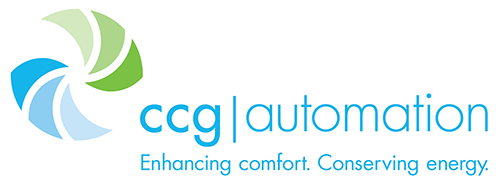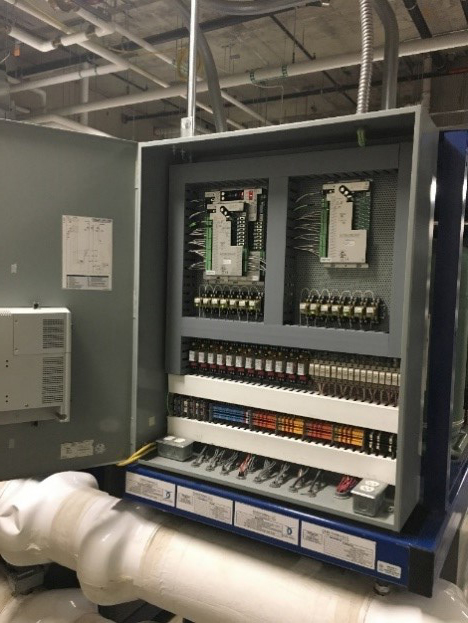 |
|
 |
 |
 |
 |
 |
 |
 |

Better than the FactoryThursday, April 26, 2018 by Brian C. Wagner
|
 |
 |
Why did it take CCG only 3 days to solve a 3-year old problem at Akron Children’s? Experience. We have thousands of hours of experience monitoring and fine-tuning systems. Just ask Rob Knabe of Ashland City Schools about their Auditorium HVAC Unit, Mark Kaczmarek at Cleveland Clinic about his air handling unit serving a 100,000ft2 addition, or Mark Brown at Barberton City Schools about his pumping package. More examples of factory controls that under-performed.
Once again, I am very proud of our team at CCG. We will not leave equipment operating improperly - and in most cases - we will control it better than the factory.
Company News
UH Ahuja Medical Center Recognized for Energy SavingsWe are excited to announce that CCG Automation, Inc. has received the Innovative Energy Project of the Year Mid-West US Award and the Runner-up for the 2024 International Award: Energy Project of the Year: US from the Association of Energy Engineers (AEE) for the UH Ahuja Medical Center project!
CCG Helps EHOVE Career Center During Pandemic
EHOVE Career Center has a new tool called needlepoint bi- polar ionization as part of its safety & wellness efforts during the pandemic that will also be a long-term asset. The ionization system is very effective in killing COVID-19, as well as other viruses, bacteria and molds, including influenza.
Akron Children's Hospital Considine Building Win Energy Award
The American Society for Health Care Engineers announced that Akron Childrens Hospital has won an Energy to Care Gold Standard Award.
Energy Project of the Year at Strasburg-Franklin Local Schools
CCG was recognized by Association of Energy Engineers.
Leetonia Exempted Village School See Big Reduction in Energy
Check out the message we just received from Leetonia Exempted Village Schools!
CCG Automation Completes Campus Wide Metering Project at Akron Childrens Hospital
CCG Automation recently completed a campus-wide metering project at Akron Children's Hospital to help track energy usage throughout the campus.
Company Blog
Continuous ValidationIncreased performance and reduced utility consumption leads to success for Akron Children's Hospital.
Never Enough MoneyYou get what you pay for. Often, you will find that an initial low cost is the most expensive way to go.
Before/AfterImagine how much more productive and healthy occupants are when they are in a comfortable work space.


